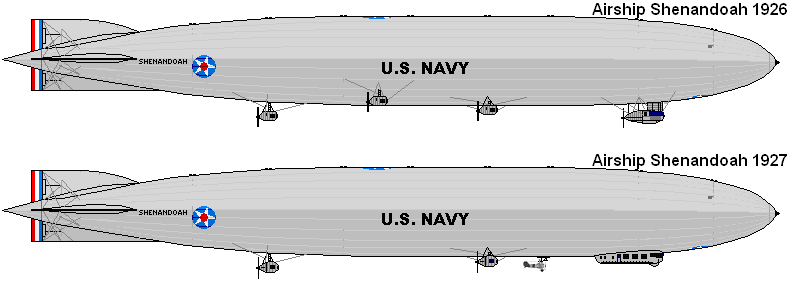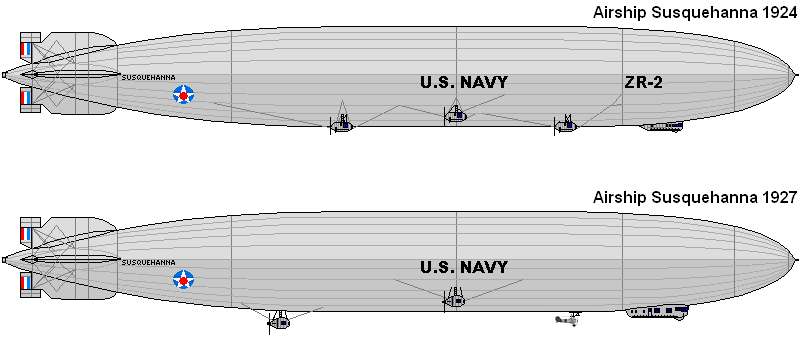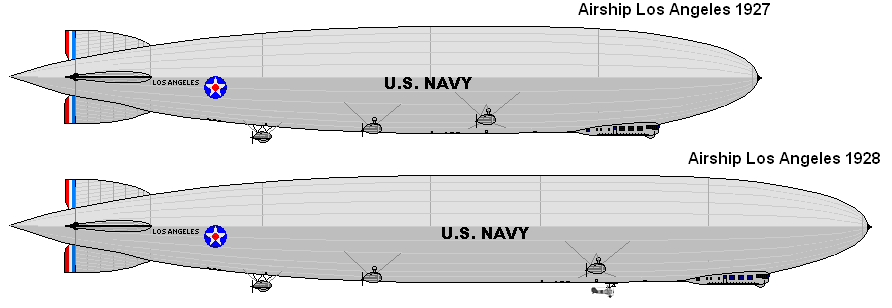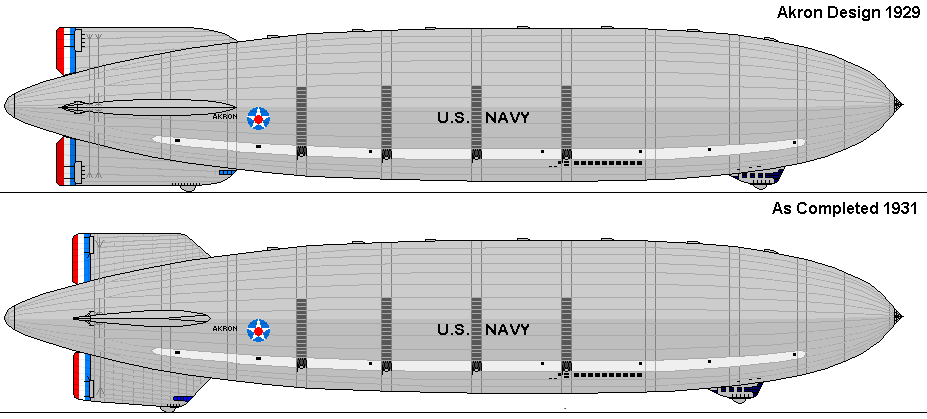You are not logged in.
This post has been edited 2 times, last edit by "CanisD" (Sep 14th 2010, 12:55am)

This post has been edited 2 times, last edit by "CanisD" (Mar 3rd 2007, 9:36pm)

This post has been edited 2 times, last edit by "CanisD" (Mar 3rd 2007, 9:36pm)

This post has been edited 2 times, last edit by "CanisD" (Mar 3rd 2007, 9:35pm)



This post has been edited 2 times, last edit by "CanisD" (Sep 14th 2010, 1:09am)


This post has been edited 1 times, last edit by "CanisD" (Mar 3rd 2007, 9:55pm)


This post has been edited 2 times, last edit by "CanisD" (Oct 5th 2010, 1:14am)

This post has been edited 2 times, last edit by "CanisD" (Oct 5th 2010, 1:33am)

This post has been edited 2 times, last edit by "CanisD" (Oct 5th 2010, 1:17am)

This post has been edited 2 times, last edit by "CanisD" (Oct 5th 2010, 1:21am)

This post has been edited 3 times, last edit by "CanisD" (Oct 5th 2010, 1:33am)

This post has been edited 2 times, last edit by "CanisD" (Oct 5th 2010, 1:36am)

This post has been edited 1 times, last edit by "CanisD" (Nov 7th 2010, 6:49am)

Forum Software: Burning Board® Lite 2.1.2 pl 1, developed by WoltLab® GmbH
